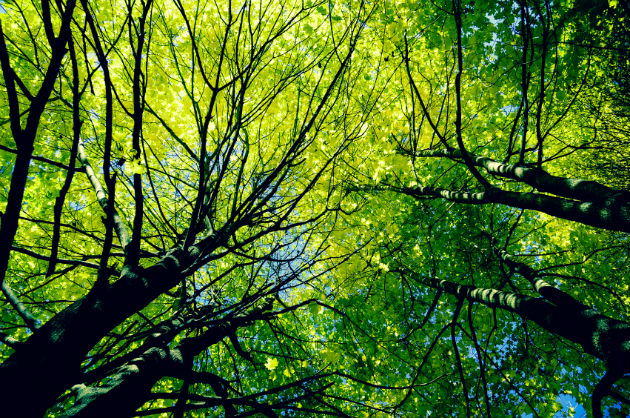Paper is a hot-off-the-press commodity, and Americans consume 2 billion trees every year, which comes to about seven trees of paper per person. In an effort to lessen the impact of deforestation, sustainable forestry has entered the scene. As a consumer, you might notice the Sustainable Forestry Initiative (SFI) or the Forest Stewardship Council (FSC) labels on paper products, but do you really know the difference between responsibly sourced paper and traditional forestry?
About traditional forestry
Traditional forestry consists of clear-cutting the land of its trees, and this process is still used today in some parts of the world. However, it’s now seen as an abusive of the land, and since the Endangered Species Act, this management of the trees was considered a means to an end for certain species.
According to the National Forest Management Act, forests were to be maintained in a way that protected all species and the biodiversity. In addition,
sustainable development was defined in 1987 in the World Commission on Environment and Development report (aka the Brundtland Report) as the following: “Meeting the needs of the present without compromising the ability of future generations to meet their own needs.”
The traditional clear-cutting method causes more problems than it solves, but fortunately, there is a more viable option.
Elements of sustainable forestry
Unlike traditional forestry,
sustainable management of forests focuses on the ecosystems and makes its productivity and viability a priority. It creates a balance among the social, economic and ecological realms — people need paper products, the wood needs to be processed in an inexpensive way and plants and animals have to survive through it all.
There are actually four levels of forest stewardship: unregulated forest exploitation, regulated forest exploitation, ecology-based forestry and sustainable forestry. Some examples of sustainable forestry include pruning for hardwoods, trail building for recreation and thinning forests for optimal growth. Sustainable management begins with the landowner but also includes organizations and agencies that assess and promote this type of forestry.
You can’t necessarily look at a forest and determine whether sustainable practices are in place. There are many
facets of evaluation, including the biodiversity of the land, soil and vegetation inventory, reputable certifications and/or verifications, a plan for forest management and the initial condition of the forest.
In general, sustainable forestry is more in tune to the inner workings of the land, and there is also a higher appreciation and care for the reclaimed resources.
